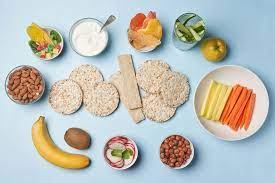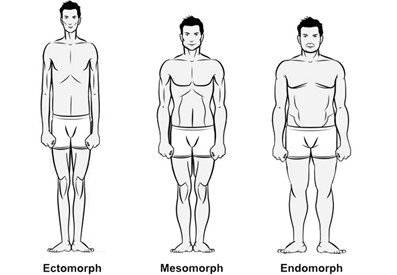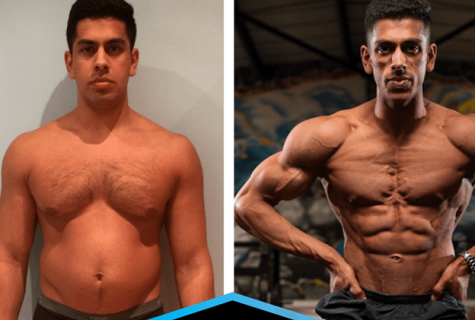
Find the Right Diet — for You
How do I eat healthy? This is a common question with many possible answers. But, not all of the responses you’ll get will make sense or help you get results. I struggled with this question for years — having eating disorders, trying different diets, and doing lots of sports. I didn’t find the right way to eat healthy until I did statistical research online and watched hours upon hours of podcasts and videos of popular fitness influencers and athletes telling their tips on eating and how they’ve eaten to achieve their different goals.
“The fitness world is sadly packed with bad advice that helps people lose 10 pounds quick by starving their clients and destroying their joints and bodies by overworking them until they finally give up and pack on even more weight than when they started,” according to the fitness website VShred.com.
Macros, short for macronutrients, describe what your body needs to be healthy, and are things such as carbohydrates, fat, and protein. Eating the right amount of macros for your body will help get better results rather than a random diet from a 30-day challenge that will only have results for a short time period. Most recommended diets are extremely constricting, which makes them hard to stick to and is why you need to find a way of eating that is good for you and fuels your body. So here are 5 tips I have found that might help you long term:
80/20 diet
The 80/20 diet is where you eat nutritious foods 80 percent of the time and your favorite snacks 20 percent. Rather than eating only junk food or only healthy food, this diet gives you a combination. Having the 20 percent of snacks to look forward to makes it easier for you to eat healthy the other 80 percent. The 80 percent should be vegetables, whole grains, dairy, and proteins. The 20 percent is food you’ve been looking forward to eating. But, when eating your 20 percent you have to be reasonable and not overdo it, losing all your progress. This diet isn’t for everyone, especially if you have a medical condition; so, consulting your doctor is recommended.
Substitution
Substitution takes foods that aren’t good for you and finds healthier alternatives. Instead of white bread, you can have whole grain bread. Or instead of having cereal like frosted flakes you can buy cereal with higher protein and lower sugar. These small swaps can sometimes have big effects. This helps long term since you can still have foods like cookie dough just instead of all the sugar and flour, you can have a cookie dough protein bar. I’ve found that the Quest brand cookie dough bar tastes really similar, has a similar texture, and has high protein.
Body Type
Knowing your body type is a key factor in weight loss or weight gain. Endomorphs (soft, round, stocky) have a harder time losing weight, ectomorphs (skinny, long and lean) have a harder time gaining weight, and mesomorphs (medium frame, average) are usually in between. This link is to a quick body type quiz that will show you an example of macros that might help reach your goals based on your body and lifestyle. Weight isn’t the only factor in weight gain/loss; height, age, gender, and your level of activeness all play a big part.

Caloric Deficit
Caloric deficits – or restricting your calorie intake– are only for people looking to lose weight. Eating a couple hundred calories less than usual helps to lose body fat. Losing body fat can help give a leaner look; it can also help people who are overweight or struggle losing weight. If you don’t know your body fat percentage you can talk to your doctor about getting scanned and they can give you locations. Average calorie intake for women is 2,000 and men 2,500, but depending on your age, height, amount of exercise, and more this number could vary.
Caloric Surplus
Caloric surplus’ are for people looking to gain weight, body fat, or muscle mass. Basically the opposite of a deficit. Instead of eating a couple hundred less calories, eat a couple hundred more. You can gain body fat from this and it can help people who struggle gaining weight, or who are underweight. This also helps give your body energy which can help with muscle mass.

Pairing any of the 5 tips above with working out can help give more effective results that might come faster, especially if you are looking to gain a leaner physique; besides caloric surplus, which helps to gain weight and fat (not as lean).
Hopefully these tips I have found are helpful to you; but like I mentioned body types have a high impact on what foods pair well with your body. If you have a medical condition, talking to a doctor or nutritionist about these tips is recommended. Don’t forget that results take consistency and time, so keep going and don’t give up.